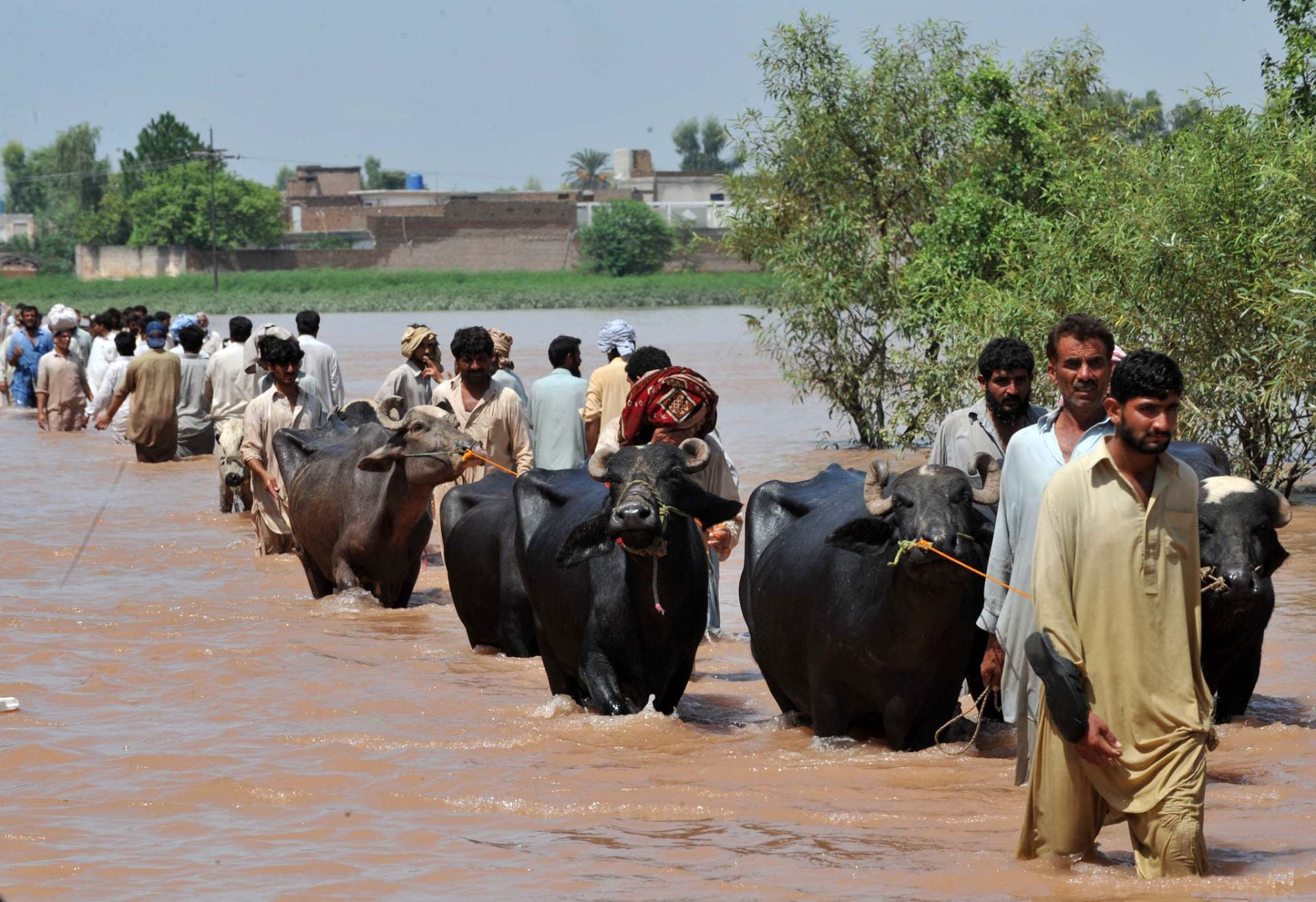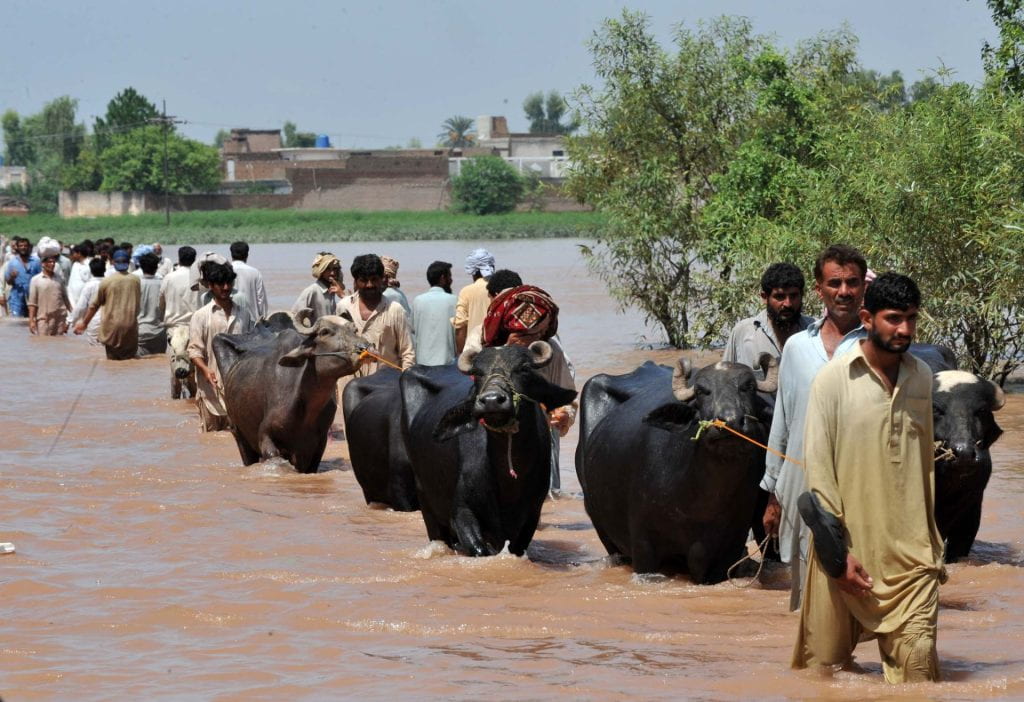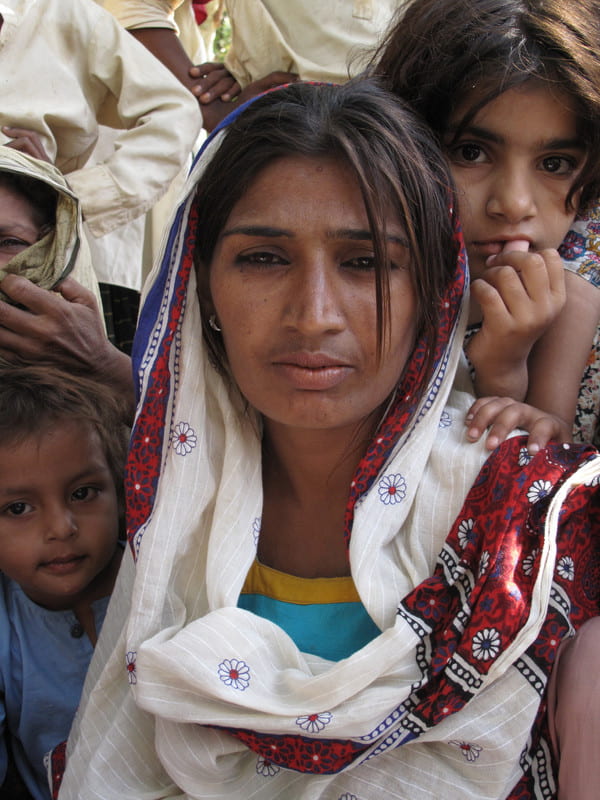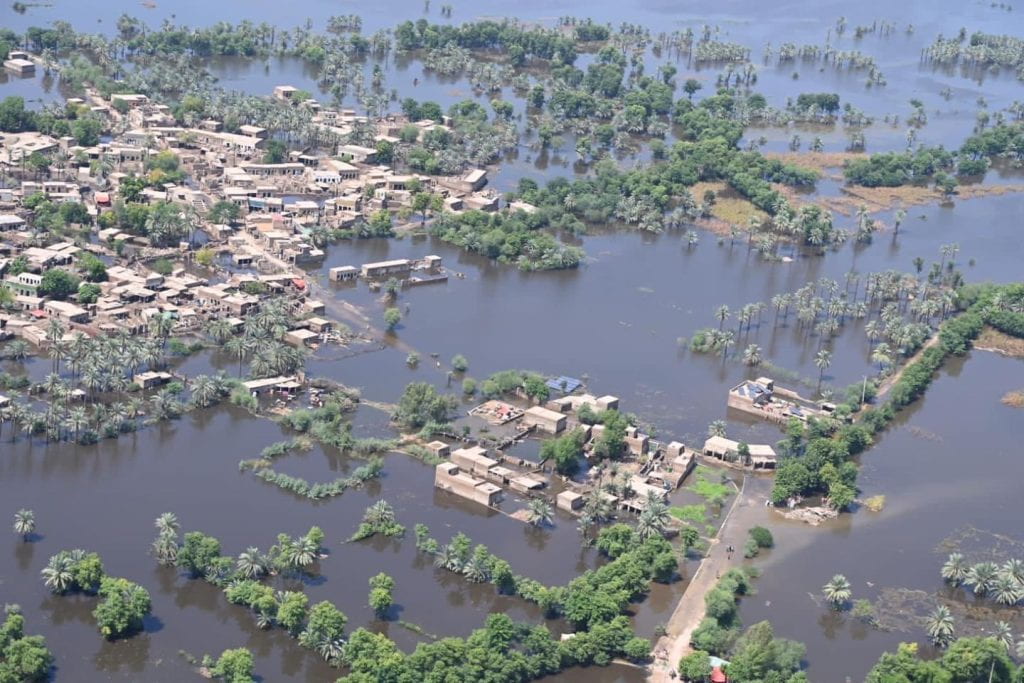Since early February, the United States Agency for International Development (USAID) has been essentially disbanded, experiencing mass layoffs and the forced closure of its headquarters in Washington, D.C.. This follows President Donald Trump’s executive order, which halted all foreign assistance payments for 90 days, along with his administration’s narrative that the agency is plagued with fraud and programs that undermine national interests. Although this idea has continued to spread, the reality is that USAID is an important agency, both domestically and internationally. As United States foreign assistance funding constitutes a significant percentage of worldwide foreign aid, shutting down these programs jeopardizes the health and safety of various countries and communities but also poses issues for American citizens who work alongside these assistance efforts.

What is USAID?
USAID, the United States Agency for International Development, is a governmental agency that aims to assist countries undergoing humanitarian crises, support marginalized groups, and monitor democratic consolidation in recently formed democracies. These goals are achieved through agency-created programs and funding non-governmental organizations (NGOs) worldwide. Created in 1961, USAID was designed to fulfill the country’s moral obligation to use its wealth to assist other, less affluent nations while also countering the perceived influence of the Soviet Union during the height of the Cold War. While it may work alongside these organizations, the agency functions independently from the Department of Defense and the Department of State. Having this separation grants USAID the flexibility to work more closely with civil society groups and local communities as opposed to communicating through upper-level government officials. Similarly, projects run by and funded through USAID are generally focused on achieving a long-term goal. This focus on connecting at the local level and supporting sustained health, growth, and democracy fosters long-lasting relations with partner countries– and this type of relationship varies significantly from more transactional, political relations seen in other diplomatic channels.
Impacts of USAID
With a budget of $71.9 billion in 2023 or 1.2 percent of that year’s federal budget, USAID is the largest donor of foreign assistance, contributing to over 40% of all foreign aid. This money is used to fund international organizations such as the World Food Program, the United Nations Children Fund, and countless other partners with similar missions, along with sponsoring numerous projects in over 120 countries. These projects include the President’s Emergency Plan for AIDS Relief (PEPFAR), a program designed to control the circulation of HIV/AIDS throughout heavily impacted countries. It is credited with “saving over 25 million lives, preventing millions of HIV infections, and supporting several countries to achieve HIV epidemic control,” working closely with more than 50 countries– many of those in South Africa. PEPFAR is managed, led, and largely funded by USAID, with the agency contributing to 20% of the program’s total budget. Overall, PEPFAR is viewed as a successful program, with a general increase in health outcomes in funded countries. USAID also seeks to eradicate the spread of other infectious diseases, such as tuberculosis (TB), where the agency is estimated to have saved the lives of more than 58 million patients.
USAID also directs funding to smaller, more localized NGOs. In several Eastern European countries, for instance, money is sent to support independent media outlets and democratic organizations that consolidate democracy in post-communist states. These NGOs ensure that private media companies can compete against historically inaccurate state media sources. The agency also partnered with women’s rights groups to fight for better treatment in societies where women often face discrimination.

Ramifications of USAID Termination
Global Impacts
The termination of USAID and the halt on foreign assistance have already begun to have negative global outcomes. In regards to medical care, the lack of funding for the PEPFAR program has triggered a suspension of medicine distribution and the closure of clinics throughout Africa, with the United Nations Program on HIV and AIDS estimating that almost 3,000 preventable HIV infections have since occurred. Similarly, the lack of adequate funding has left many clinics defunct, with officials in the Democratic Republic of Congo unable to afford air conditioning to keep necessary medicines cold. Furthermore, Syria has seen the firing of over 150 medical officials along with the cessation of 10 crucial clinics in one of the country’s most dire regions. Similar risks are faced with numerous diseases, such as tuberculosis. Without adequate funding, clinics and NGOs can no longer afford to test for or treat TB patients, nor can they maintain the staff necessary to carry out these actions. Since TB is an airborne illness, its spread is not confined to one particular area, meaning it can quickly become a much larger issue, thus making its impact even greater.
This halt in assistance will also likely contribute to greater global inequality, where organizations that promote education, women’s and LGBTQ+ rights, and refugee assistance will likely face large funding gaps and be unable to achieve their goals.
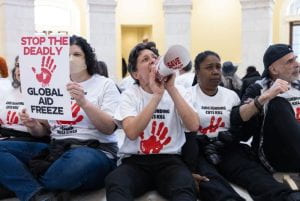
Geopolitical Impacts
Though many argue that USAID projects are often antithetical to the country’s national interests, the reality is that the agency allows the United States to create long-lasting, positive relations with partnering countries while preventing the extension of influence from its adversaries. Ceasing funds abruptly means that affected communities and US relations are both at risk. By turning away from foreign aid, other countries will step in to fill these funding gaps. However, by doing so, these countries can exert soft power, challenging the US hegemony. Efforts are already being made by China, which has begun to fund projects in former USAID recipient regions. Funding issues aside, this rapid change to foreign aid distribution may also reduce global trust in the US as countries question the nation’s ability to follow through on projects. This distrust could further weaken America’s diplomatic relations with both former USAID recipient countries and with new countries in the future. In short, by cutting funding, diplomatic relations are strained, and a space for competing hegemonic powers is opened.
Domestic Impact
While cutting USAID primarily impacts countries abroad, this termination of funding also carries domestic ramifications. As the agency is the leading provider of global humanitarian food aid, cutting USAID has also meant ending government contracts with farmers. In 2020, the federal government bought $2 billion worth of food aid from American farmers, and while this number is a small portion of the entire agriculture market, it does provide stability for those contract employees and fills a demand gap for specific grains. Even food aid received prior to the funding freeze has yet to be delivered and it is not being sent to its planned destination.
The abrupt termination of USAID also raises questions regarding democracy and legality in the United States, as the actions taken by the current administration undermine Congress’s authority over agency creation and budgetary power. Agency creation and elimination requires Congressional approval; however, nothing has been brought to the legislative branch that requests to dissolve USAID. Similarly, these decisions are guided by the Department of Government Efficiency, a temporary contract organization. The dismantling of the agency has triggered a flurry of lawsuits, with one of them expecting a final hearing on February 21st. Since terminating USAID in this fashion is illegal, the result of the lawsuit and subsequent actions demand close attention.
Conclusion
Cutting USAID leaves the US and the world worse off. As the nation contributes a significant portion of aid funding, countries will struggle to fill the gap, leaving poorer nations to struggle. This termination also creates issues for the US. In a time when nations continue to compete for power, the US’s seclusion from foreign aid could allow other countries to expand their influence. Similarly, diplomatic relations could be weakened as aid relations are severed with little warning. American citizens also reap the consequences, seeing large layoffs and the cancelation of government-farmer contracts. This global situation is in desperate need of monitoring as it is still unclear to what extent aid-receiving countries will struggle.

